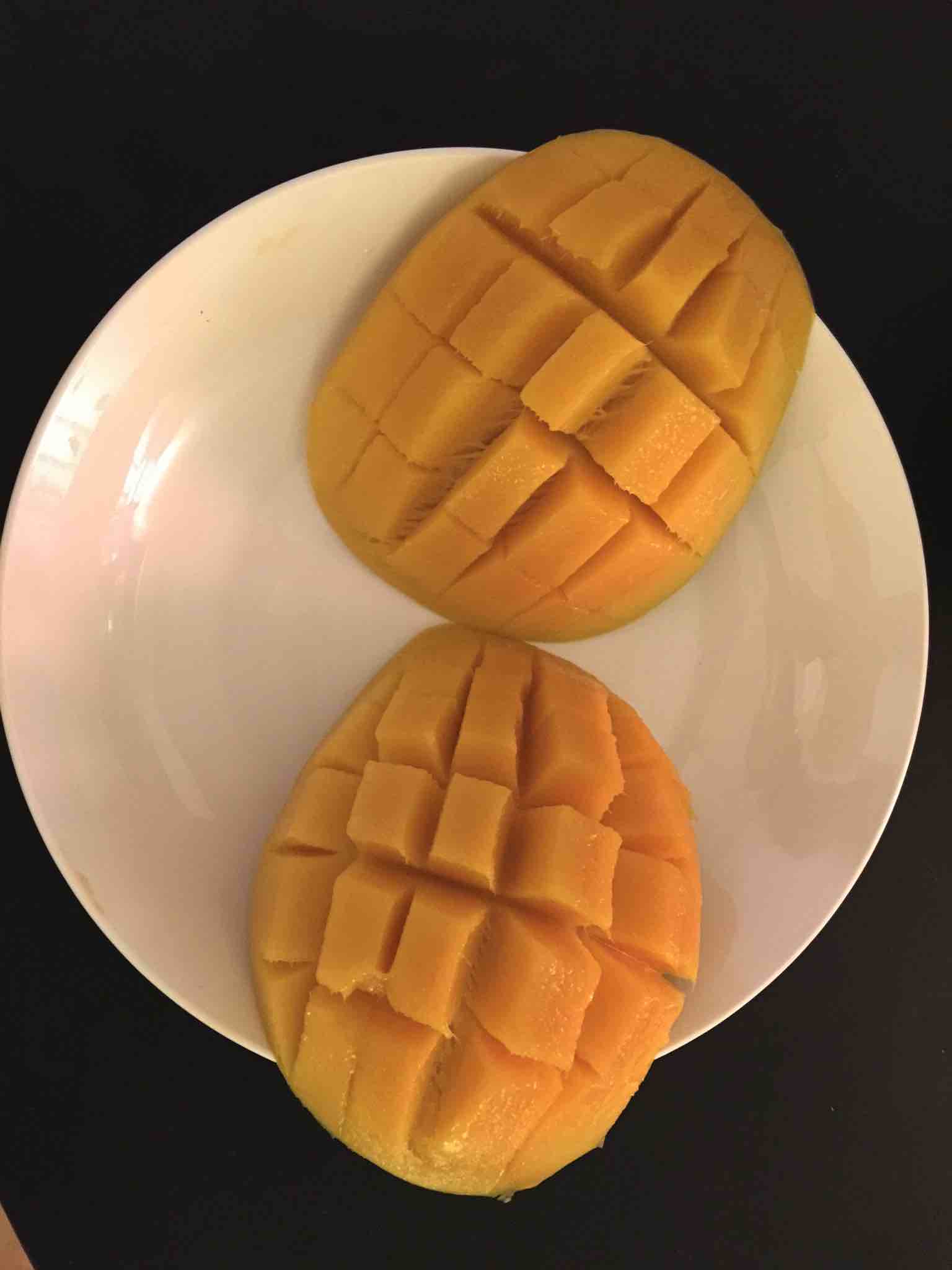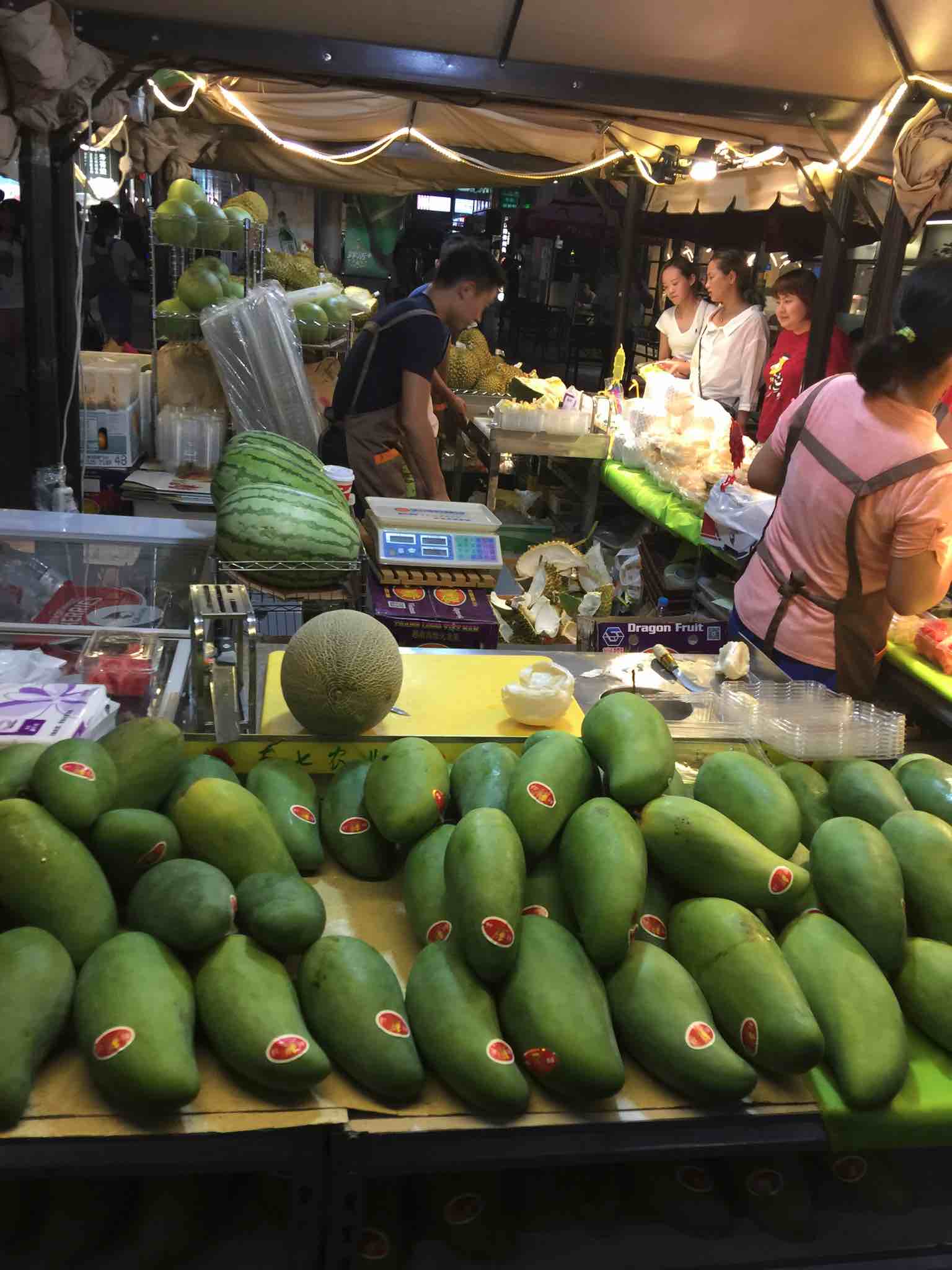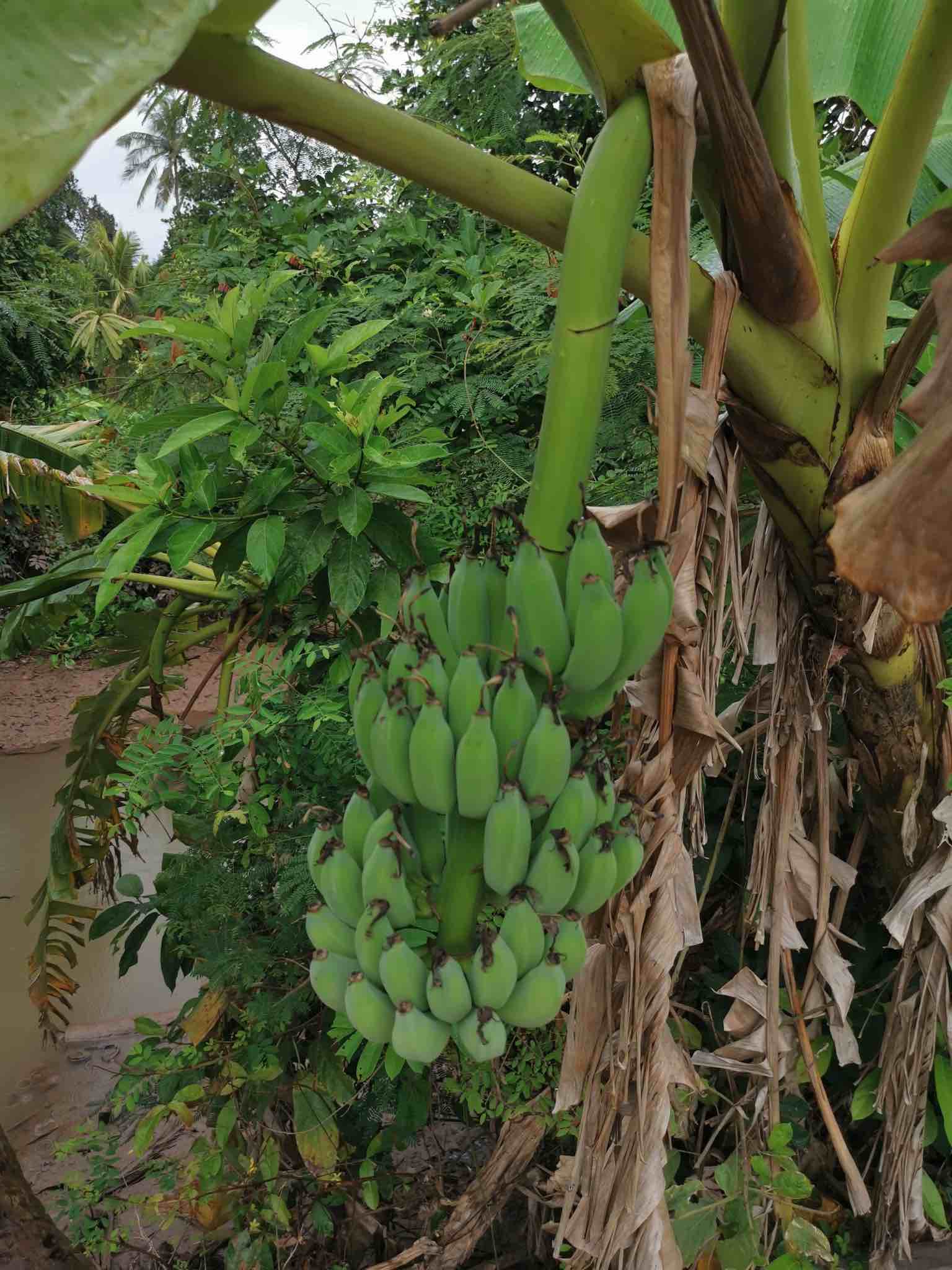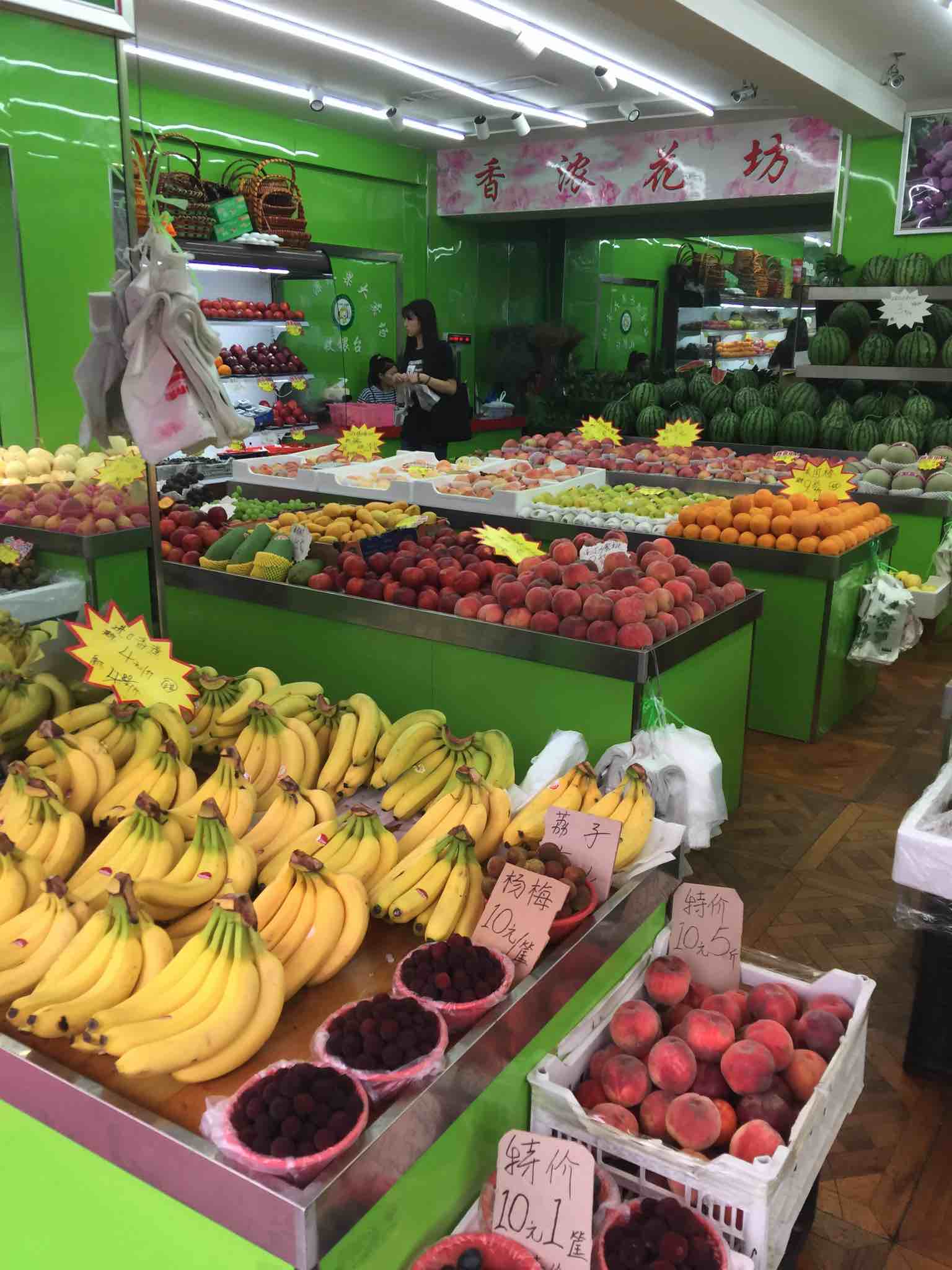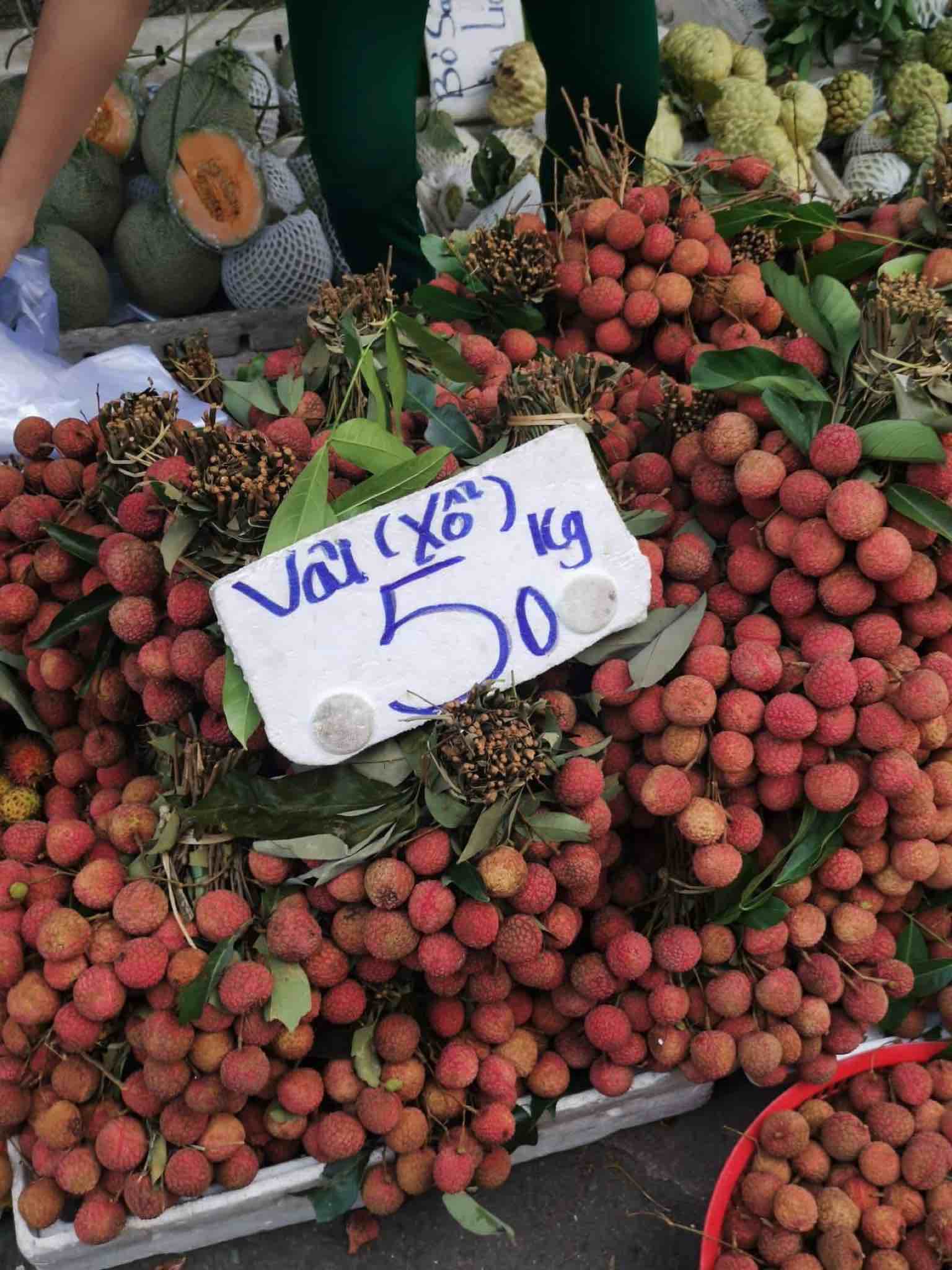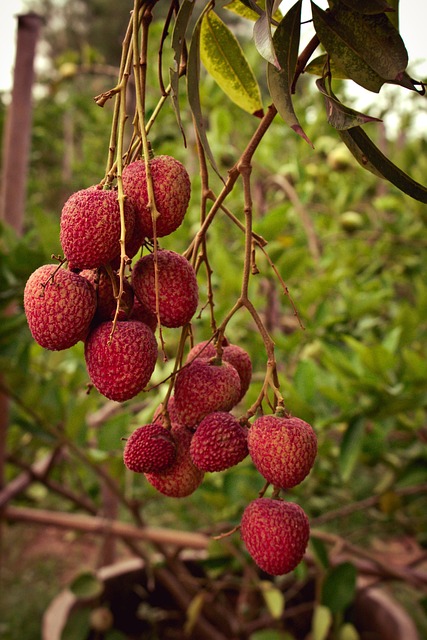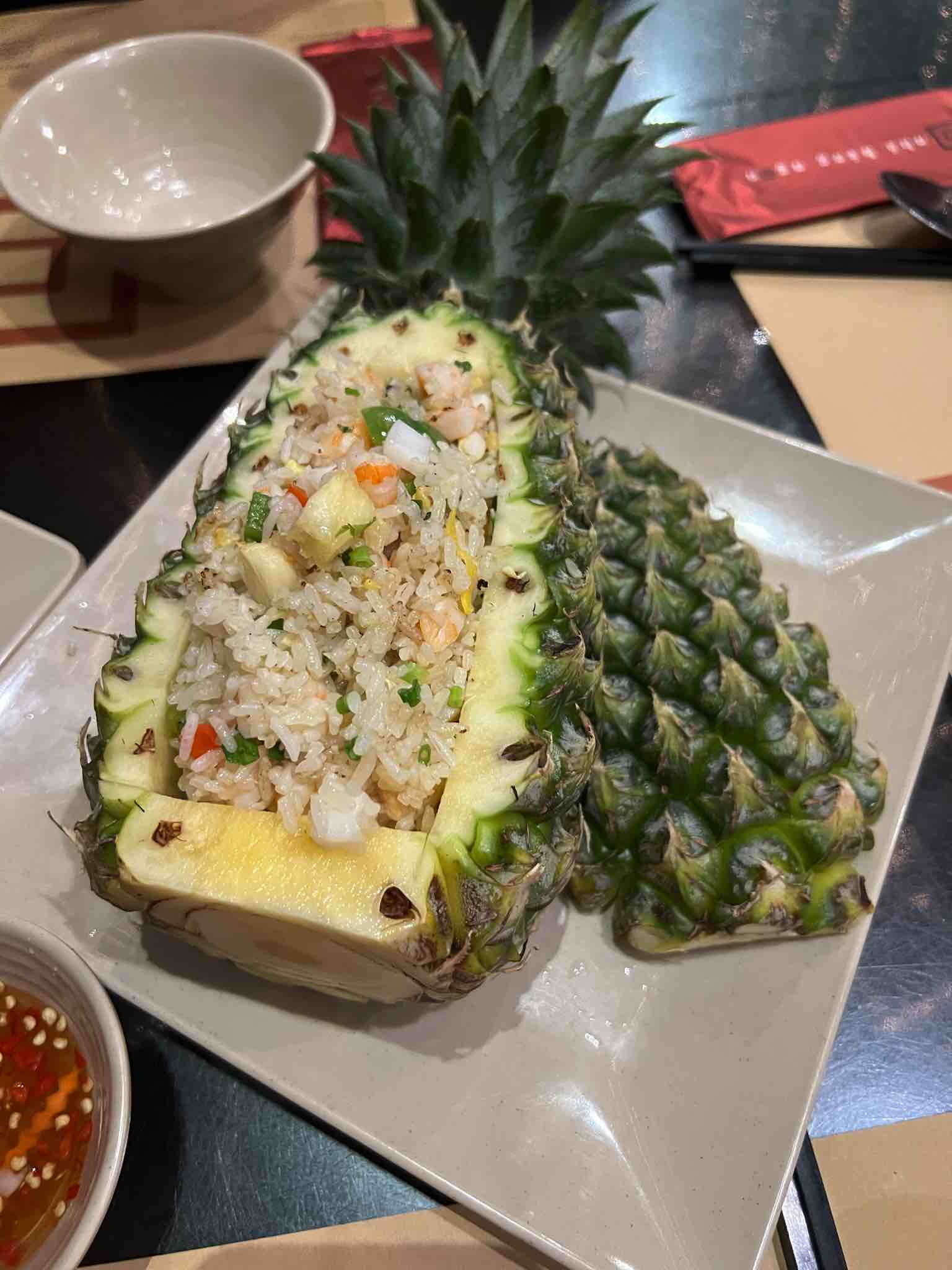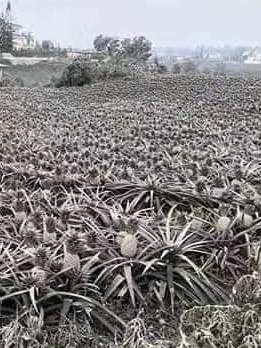Fruit's paradise or what fruits taste best in Asia. Episode 2.
Hello Folks!
Welcome to the fascinating adventure of wandering around the tropical corners of the world!
We stay in Asia, continuing the holiday story about a fruit paradise.
In the previous episode of Bamboo Tales, you met the most mysterious fruits: dragon fruit (pitaya), rambutan, mangosteen (mangosteen), star apple (blueberry) and maracuja. In this article, we will meet more Asian heroes. Lychee, banana, pineapple and mango, which is my favorite fruit in Asia.
There is one more, the most important one, the King of Fruits, Durian. I wrote extensively about how it tastes, looks and whether it can kill a person in a separate article. Click on this sentence to get to know Durian better.
I'm starting with my favourite, Mango. You are probably the most famous Asian fruit for us, Europeans. The best-tasting varieties come from the Philippines and Thailand. However, I must add that it is popular almost all over the continent, so you will meet it everywhere. Mango has juicy, sweet flesh that is extremely aromatic. There are many varieties of it with different shapes, sizes and skin colors. I've seen almost all of them, from yellow through red, green to even purple. This fruit is often used in Asian cuisine to prepare desserts, juices and sauces.
I can eat mangoes 24 hours a day and never get enough.
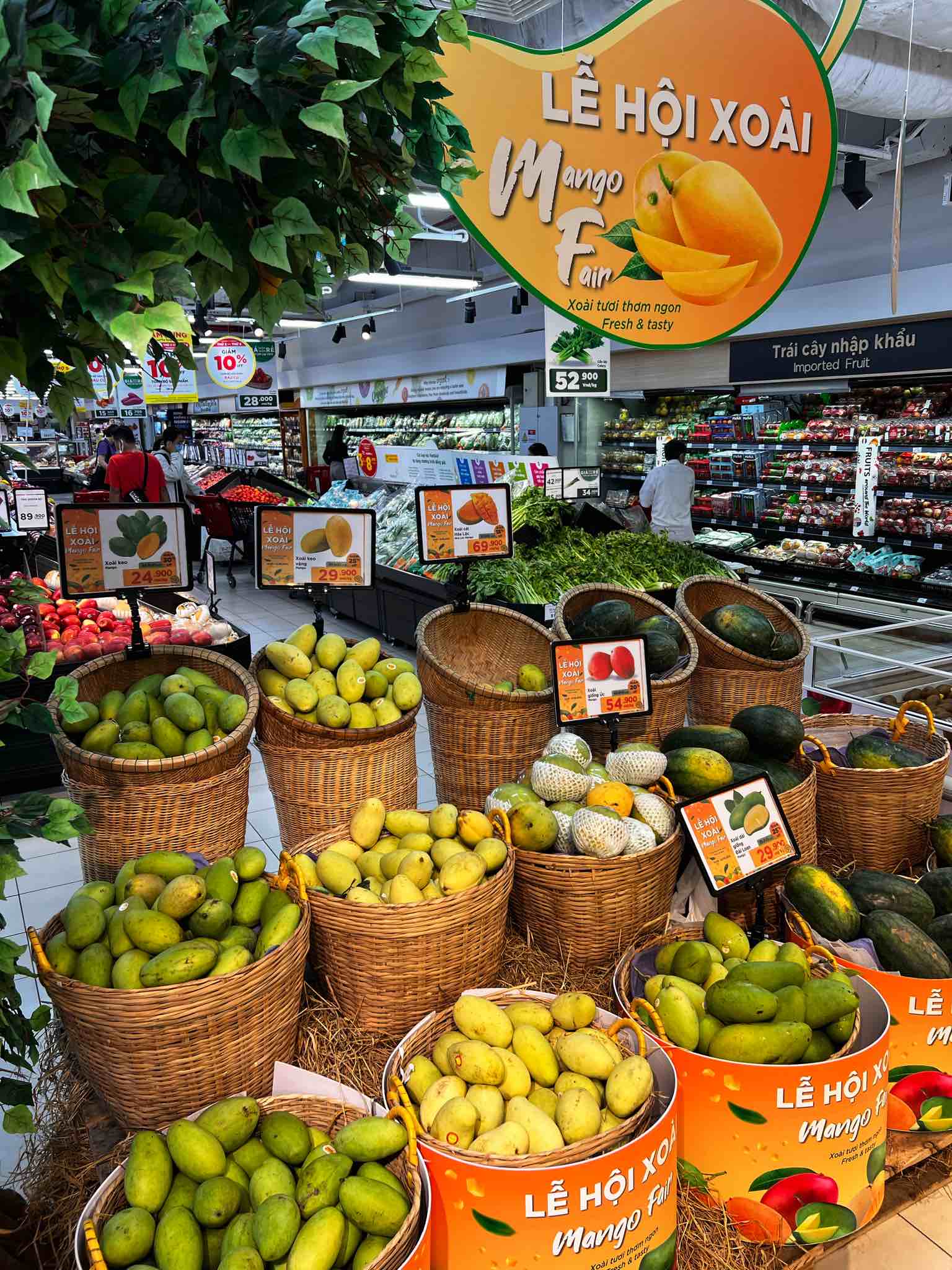
When buying a ripe fruit, get ready for an exciting journey through the history of mango, whose roots reach far corners of the world. The adventure begins in the dense jungles of Southeast Asia…
Thousands of years ago, in the wild forests of India and Myanmar (formerly Burma), the wild ancestor of the mango plant, known as Mangifera indica, flourished in all its glory. It is here, where the climate is hot and humid, that the mango has found its natural habitat. This fruit quickly became an integral part of the local culture and diet.
The ancient Hindus worshiped the mango fruit, worshiping it as a symbol of love, prosperity and fertility. Kings and aristocracy relied on its juicy flesh, considering it a sign of sophistication and luxury.
Soon after its discovery by the Indian rulers, the mango began to gain popularity in other parts of the world. Traders and sailors set out on long sea voyages, taking with them these precious fruits. Over time, the mango found its way to Africa, the Middle East and South America, where it found new habitats and was welcomed with enthusiasm.
With the development of shipping and international trade, mangoes found their way to European countries and the United States. Delighted by its unusual taste and exotic aroma, people around the world began to experiment with different varieties of mango, breeding new and unique species. Mangoes began to be used in a variety of dishes, from desserts to savory sauces.
Today, mangoes are grown on plantations in many countries such as India, Mexico, Thailand, Brazil and the Philippines. These regions provide ideal conditions for the growth of mango trees, which are carefully cared for and treated regularly to ensure exceptional fruit quality.
Visiting shops and markets around the world, you can find a huge variety of mangoes, such as Alphonso, Kent, Tommy Atkins, Ataulfo and Manila. Each of these varieties has its own flavor characteristics, colors and shapes, but they all have one thing in common - a juicy, sweet and tropical flavor that delights the palate.
Now that you know the history of the mango, you can dive into this sweet adventure by eating this exotic fruit on its own or adding it to various dishes. Enjoy the taste and remember that every bite of mango is a substitute for the jungle that grows over the equatorial belt.
These are also interesting ways of serving the fruit. Cut into slices, diamonds or chopped into cubes, it always leaves a heavenly taste in the mouth.
Yellow prince - banana
Bananas are also common on Asian tables. Bananas are widely grown in tropical and subtropical Asia. There are many varieties of bananas with different sizes and flavors, such as sweet dessert bananas, small king bananas, and larger edible bananas. Bananas are rich in nutrients and their flexibility makes them popular as an ingredient in main courses, desserts and juices.
Traveling through the exotic landscapes of the tropical forests of Asia, I come across the mysterious story of the banana fruit. It is a story of discoveries and colonial expansion that influenced the world's palates and economies.
Our journey begins in the remote areas of Southeast Asia, where banana plants have been native for centuries. Elegant, large-leaved trees enchanted travelers with their lush greenery and delicious fruits. Local residents appreciated the tasty and energetic bananas, which were an important part of their daily diet. Originally, bananas were cultivated in what is now Southeast Asia, and their wild forms can be found in regions of India and Indochina. The small, wild bananas had different flavors and shapes than modern bananas, and were also full of large seeds. Bananas have since spread to other regions of Asia, including the Philippines and Malaysia. The first mention of the cultivation of banana trees comes from the times of ancient Egypt, where their presence was recorded in inscriptions from around 2000 BC.
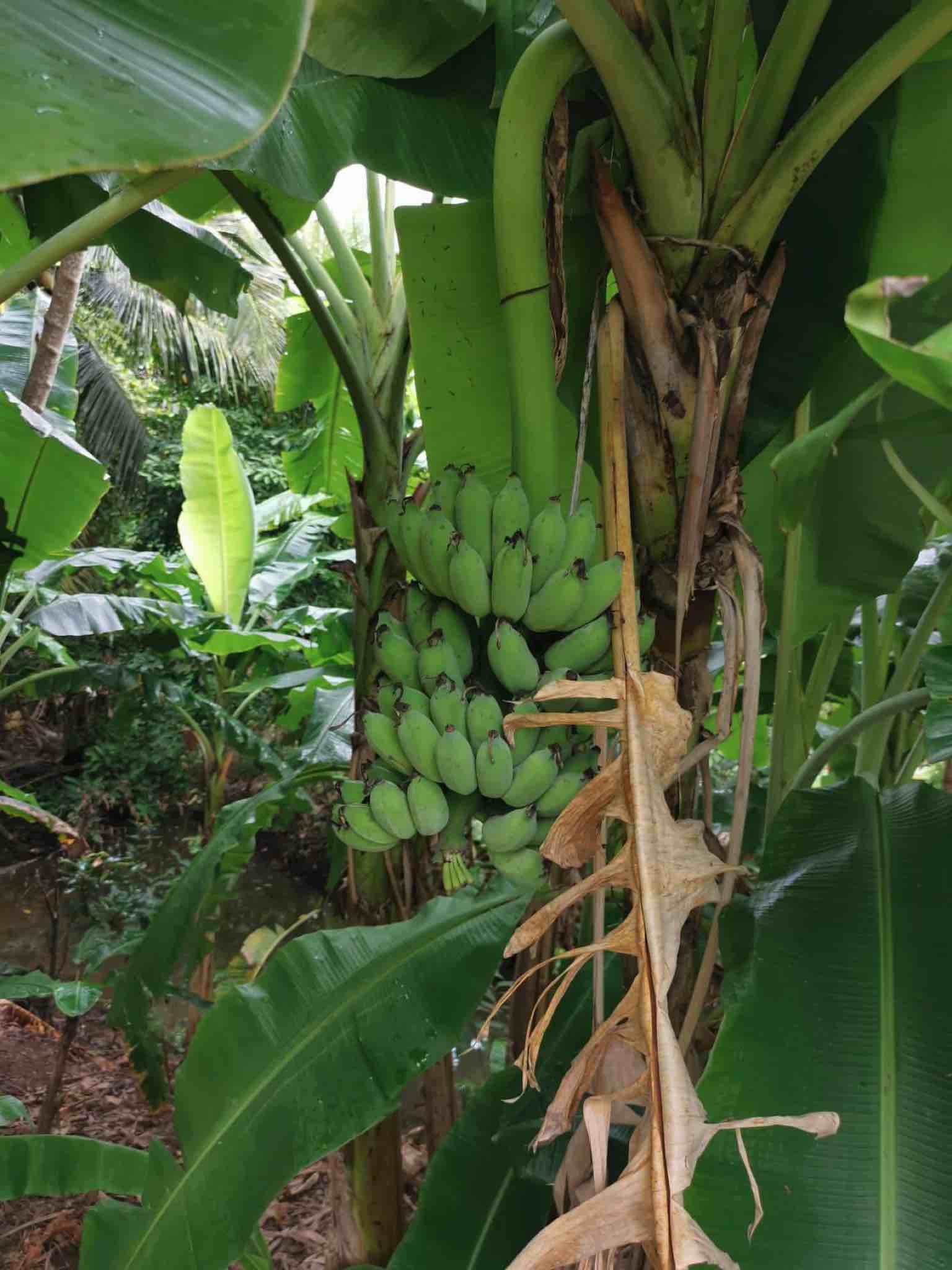
Nevertheless, the true history of the banana plant began with the discovery of America by Europeans. During their travels and colonial conquests, the Portuguese discovered bananas in the Cape Verde archipelago off the west coast of Africa in the 15th century. In 1492, Christopher Columbus, sailing towards the Caribbean, recorded the first encounter with this exotic fruit. Inspired by the taste of bananas, he brought them to Europe, where they quickly gained popularity among the aristocracy.
During subsequent travels and explorations of South America, the Spanish conquerors discovered wild banana trees growing on the banks of rivers and in dense rainforests. Fascinated by their taste and usefulness, they began to plant banana trees en masse on plantations, especially in the Caribbean and the coasts of Central America.
The colonial European empires used banana trees as a valuable commodity that could be exported to other parts of the world. However, due to the difficulties in transporting and storing fresh bananas, exports were initially limited to smaller quantities. It was not until the invention of the cold store and the development of transport infrastructure such as railways and steamships that the widespread trade in bananas on a global scale was made possible.
With the expansion of banana plantations, a new economic system was created, known as the "banana republic". Powerful corporations such as the United Fruit Company (now Chiquita Brands International) became major players in the production, trade, and distribution of bananas. This fruit has become an inseparable part of the daily diet in many countries, and banana plantations have become economic and social centers.
However, as the banana industry grew, so did controversy. In some regions, banana plantations have been run on the basis of labor exploitation and environmental destruction. Many agricultural workers suffered from low wages, poor working conditions and a lack of social security. Organizations fighting for human rights and environmental protection demanded changes in the banana industry. With the development of international trade, bananas found their way to other continents. At the end of the 19th century, they became popular in the United States.
Today, the largest producers of bananas are Latin American countries - Ecuador, Colombia, Costa Rica and Honduras.
Bananas are one of the most popular fruits in the world and are an important part of the diet of many people around the globe.
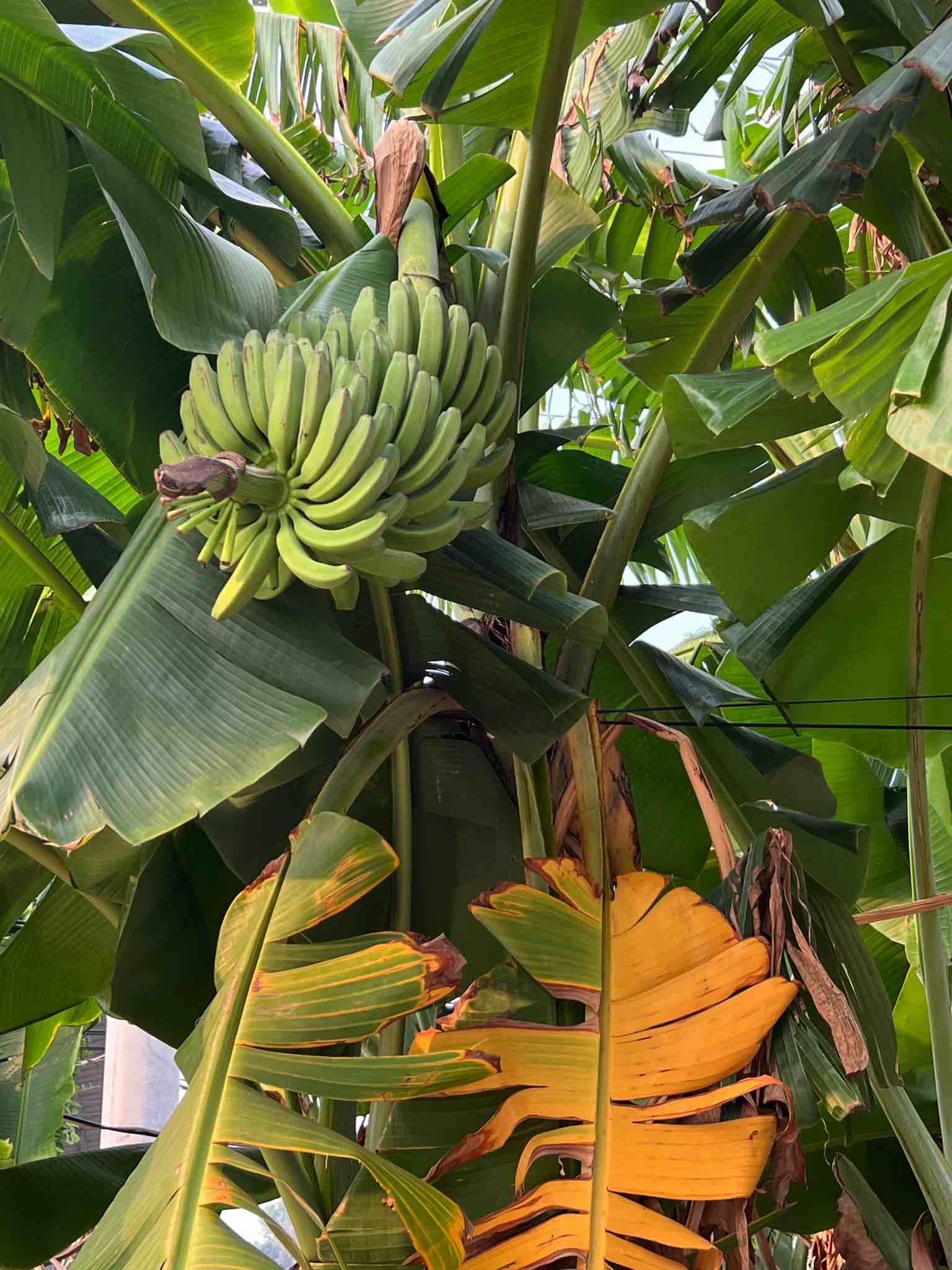
It should be noted, however, that bananas are threatened by a disease called slimy root rot (Fusarium wilt), which affects banana crops. This is a serious problem for the banana industry, which can lead to a significant reduction in the availability and increase in the price of bananas.
Despite these challenges, the history of the banana plant is inextricably linked to travel, discovery and the influence of different cultures on each other. From a wild little fruit from Asia to mass production and global popularity, bananas have come a long way to become one of the most important and recognizable fruits in the world.
There is one more interesting fact related to the growth of the banana tree. Well, the shoot of the plant blooms and bears fruit only once. Then it dies and needs to be cut out. Another bunch will be formed on a new shoot. Because the banana tree has underground rhizomes, banana trees grow in clusters where successive shoots sprout from the ground to flower and bear fruit. They are a bit like perz. Once planted, they are difficult to remove.
Bananas have become one of the most recognizable and loved fruits in the world. Today, when looking for a taste of the exotic, you can taste bananas in almost every corner of the globe, regardless of your location. Although they don't taste like those picked straight from the tree, they still evoke tropical climates in our kitchen.
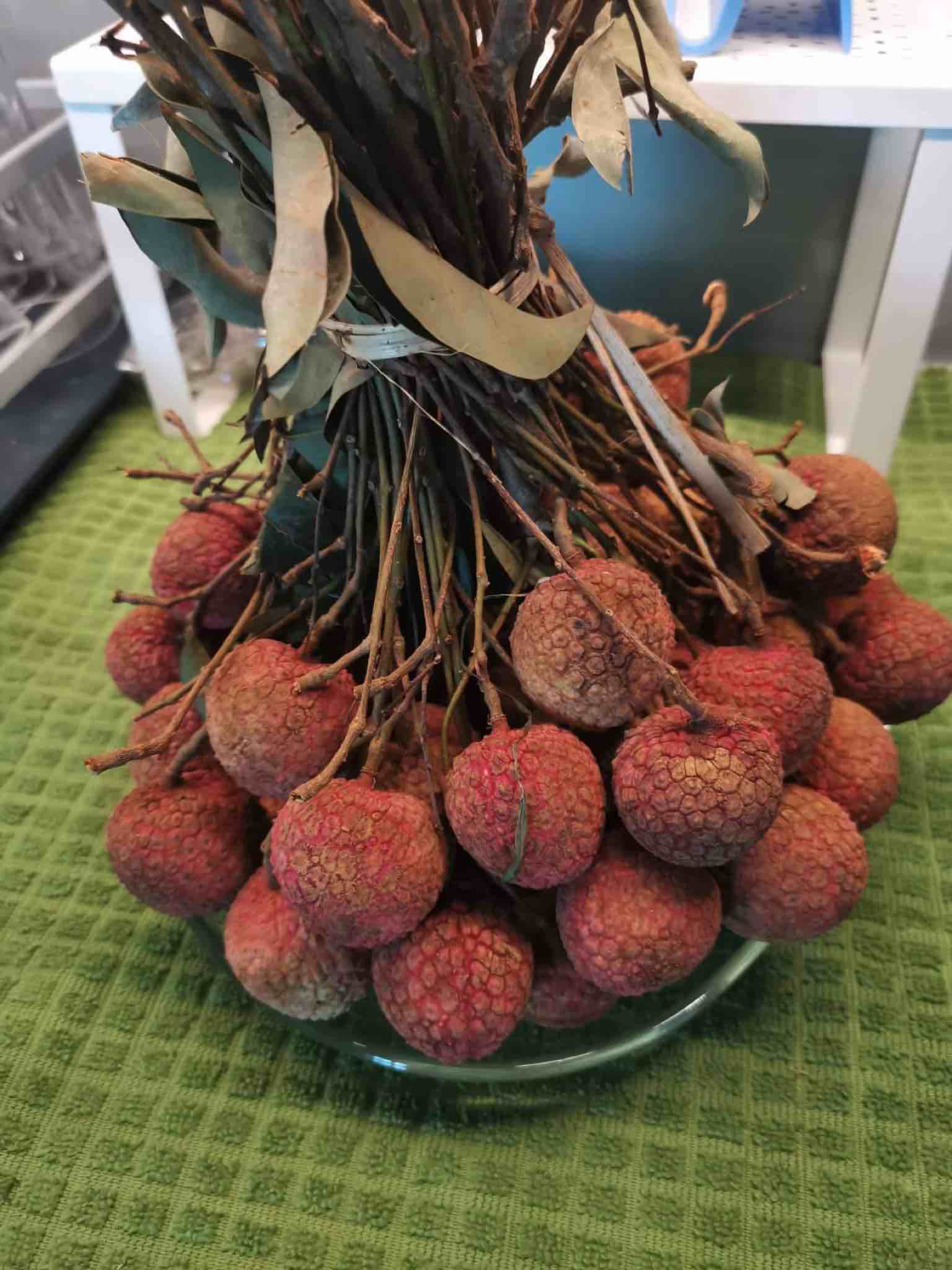
Joker with fantasy - lichee
Another popular fruit in Asia is lichee. It comes from China, but is also grown in other parts of the continent. Litchi has a red or pink skin, and its flesh is white or pink, juicy and sweet. This fruit is often eaten raw and also used to make drinks and food accompaniments.
And what does the legend of Lichee say?
Once upon a time, in a land full of juicy and colorful fruits, there was a legend about an unusual fruit named Lichee. Lichee was no ordinary fruit - it had beautiful red skins covered with tiny scales that looked like little teats were woven into its structure. It was definitely the most surprising and charming fruit in the whole orchard.
Lichee was born from the combination of sun, rain and the light touch of a sorceress during a full moon. His birth was so magical that the entire fruit tree marveled at this wonderful creature. Lichee was full of energy and joy, jumping on branches, juggling other fruits and constantly jumping with joy.
Its uniqueness quickly reached the ears of local people who couldn't wait to try this magical fruit. When harvest time came, crowds of fruit pickers rushed to the orchard to admire Lichee and wait for the moment when the fruit would fall from the tree right into their hands.
However, Lichee was no ordinary fruit that falls to the ground waiting for its pickers. He was cursed by a mischievous soothsayer who gave him teleportation magic. Every time someone tried to catch him, Lichee would instantly disappear and reappear in a completely different place in the tree. The fruit pickers stood around the tree, looking around confused and gasping for air.
Lichee was always amused by the fruit pickers trying to catch him. Occasionally, he would appear above their heads and play a slow-motion version of himself that floated in the air to sharpen the collectors' senses and eyesight. Sometimes it would teleport to other orchards where it would mix with other fruit, leaving the pickers with nothing but their puzzled looks.

When fruit pickers seemed most frustrated, Lichee decided to solve his riddle. He approached the most clumsy fruit picker named Tomaszek and decided to confront him directly. Tomaszek spread his hands, ready to catch Lichee in flight, but the fruit did not disappear. Instead, it settled on his head and sat back as if it were a little red hat.
The fruit pickers were speechless. Tomaszek started to laugh, feeling like the most important person in the whole world because of his fruity companion. Lichee understood that he only wanted to bring joy and laughter to people. From that day on, it became not only a famous fruit, but also an adventure companion for those who dared to try it.
And so, the Lichee fruit continued its unique life by teleporting, messing up the fruit pickers' plans and making everyone who was lucky enough to meet it on the way laugh. Lichee was a fruit that could always put a smile on people's faces and remind them that sometimes you just have to savor the moment and enjoy life.
Nothing more nothing less. It is the most cheerful fruit in Asia.
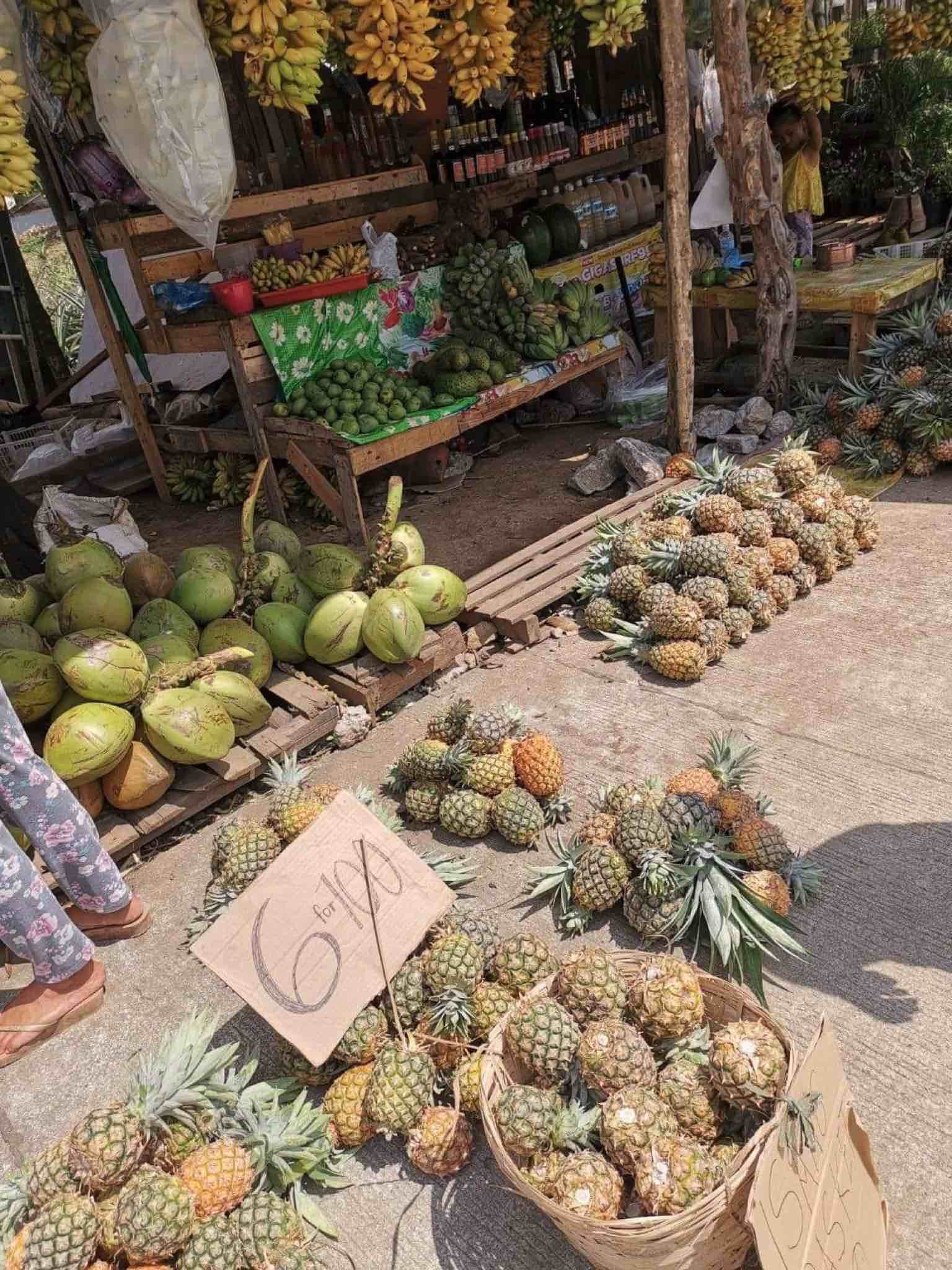
Our pineapples...
The story of the pineapple fruit is one of the fascinating stories of expansion and exploring new worlds in the age of geographical discoveries. The threads of this story reach far into the past, to the exotic corners of South America, where pineapple had its roots.
The first mention of pineapple comes from the area of today's Brazil, where the Guaraní natives called it "nana", which meant "excellent fruit". Even then, pineapple was considered unique due to its unique taste and aroma.
When Europeans reached Central and South America in the late 15th century, they discovered not only new cultures and landscapes, but also fascinating plants, including the pineapple. After the first encounters with this exotic fruit, Spanish and Portuguese sailors were enchanted by its taste and appearance. They named it "piña", which meant "cone" because of its distinctive shape.
Soon, pineapple became the object of the European elite's sighs, and kings and nobility competed to see who would introduce it to their table first. However, for centuries, pineapple cultivation in European lands was impossible due to the demanding climatic conditions, as well as the lack of appropriate technologies for long-term storage of the fruit while traveling.
The first attempts to grow pineapple in Europe began at the beginning of the 18th century in the Netherlands, where special greenhouses were used to create appropriate microclimatic conditions. Nevertheless, pineapple production in Europe was still limited and expensive, making it a symbol of wealth and prestige.

It wasn't until the 19th century, thanks to advances in shipping technology and agriculture, that pineapple became more widely available in world markets. Large pineapple plantations have been established in the Caribbean, Hawaii, Brazil and other areas with suitable climatic conditions. The fruit was exported to Europe and other parts of the world, contributing to the pineapple's global popularity.
Today, pineapple is one of the most recognizable and popular fruits in the world. We can find it on the shelves of grocery stores all year round and enjoy its sweet taste and juicy flesh. The history of pineapple is full of adventures and discoveries that led us to make this exotic fruit find its place on our tables and in our hearts.
In distant times, when sailors embarked on unfamiliar waters, the fascinating history of pineapple in Asia began. This exotic fruit from the tropical regions of South America reached Asia thanks to sailors and explorers who discovered new lands and explored distant territories.
In the 16th century, Spanish conquistadors conquered South America and brought with them numerous treasures, including pineapples. Due to their exotic nature, pineapples quickly became the focus of many European monarchs who were obsessed with exclusive and unique products from distant lands.
Soon, pineapples found their way to Asian shores, mainly thanks to Portuguese sailors. Traders and colonial powers spread the cultivation and sale of this exotic fruit throughout India, Thailand, the Philippines, Indonesia and other Asian countries.

Pineapple attracted attention not only because of its taste and aroma, but also because of its unique form. Its crown of green leaves and juicy yellow flesh was something completely new to Asians who had their own culinary and cultivation traditions.
Asians began to experiment with pineapple, adding it to their dishes, desserts and drinks. The results were so impressive that pineapple quickly became an integral part of many Asian cuisines. Its sweet taste, light acidity and juiciness perfectly matched other local ingredients, creating unique dishes full of flavors and aromas.
With the expansion of maritime trade and colonialism, pineapples spread to further parts of Asia, including China and Japan. The Chinese assimilated pineapple and began to cultivate it in their areas. The pineapple has become an important symbol of happiness and abundance in Chinese culture, often displayed during celebrations and festivals.
In Japan, pineapple came later, but quickly gained popularity. The Japanese created their own unique pineapple varieties, which were characterized by a delicate and sweet taste. Pineapples have become a popular decorative and flavor element in Japanese desserts and cocktails.
Today, pineapple is widely available in Asian markets and is valued for its health benefits and unique taste. Both in the form of fresh fruit and processed products, pineapple is an integral part of many dishes and drinks in Asia. The history of its migration across the oceans and colonial influences leave permanent traces in the rich culture and cuisine of Asia.
I had the opportunity to visit the "capital" of pineapple cultivation in the Philippines - Tagaytay. This is an area of fields stretching south of Manila, with the Taal volcano in the center.
And this location turned out to be tragic for pineapple cultivation in this part of Luzon. The eruption of the volcano and the emission of thousands of tons of ashes destroyed all the surrounding plantations. A tragic sight. Anyway, see for yourself...
And so we have come to the end of fruit stories. I hope you have read some of the parables about fruit to your children and grandchildren. After all, we still have holidays and it's worth cheering up the faces of our little ones. That was the purpose of both articles…
Time to rest after a successful exploration of Australia and return to writing down the tales,
Bamboo Tales. See you and hear you Soon!
More articles


Pages created with WebWave










